Shipping quote request
We’ll calculate the shipping price as soon as getting your request.
Shipping quote request
We’ll calculate the shipping price as soon as getting your request.
You May Also Like
Sponsored Products
More from this Dealer
Italian Bookshelf in Gilt Metal with Glass Shelves

English Artist, Landscape, 1930, Small Oil on Canvas, Framed
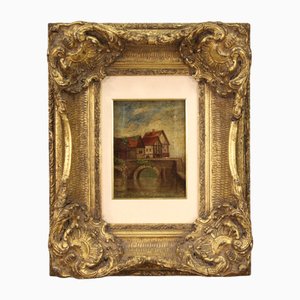
Landscape with Wayfarers, 1750, Oil on Canvas, Framed
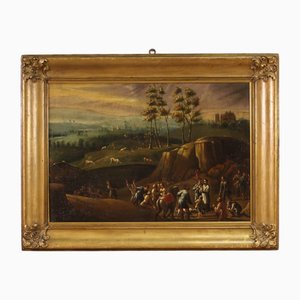
Vintage Venetian Secretaire, 1960

Genoese Secretaire with Kingwood Inlay, 1930s
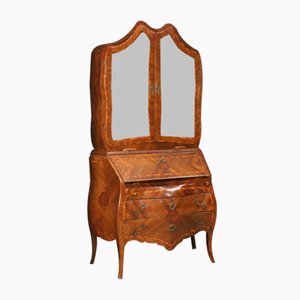
19th Century Tray Mirror
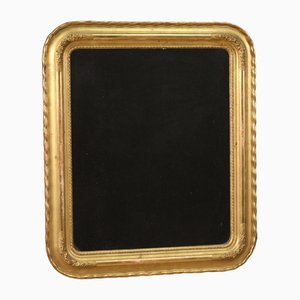
Italian Artist, Neoclassical Scene, 1820, Oil on Canvas, Framed

Armando Bezzi, Splendid Landscape, 1920s, Oil on Canvas
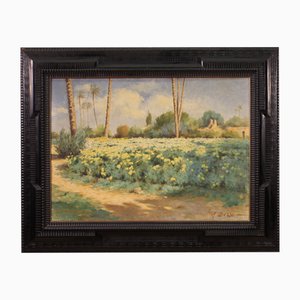
Italian Artist, Landscape with Family Scene, 1760, Oil on Canvas

Italian Artist, Christ Adored by Angels and Saint Bonaventure, 1680, Oil on Canvas, Framed

Venetian School Artist, Architectural Capriccio, 1750, Oil on Canvas
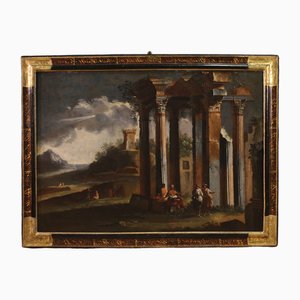
Italian Artist, Jesus and Herod, 1670, Oil on Canvas

Italian Sofa in Red Velvet, 1960s

20th Century Indian Chair, 1970s
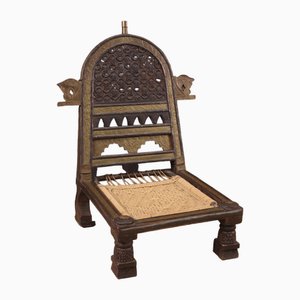
Large Seascape, 20th Century, Oil on Board, Framed
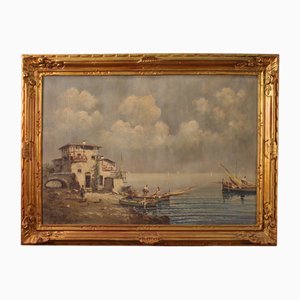
Marble and Brass Dining Table with Round Glass Top, 1960
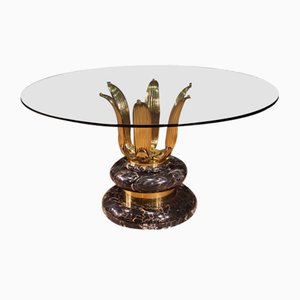
20th Century French Lacquered Side Table, 1960s
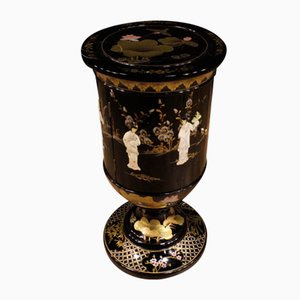
Italian Artist, Landscape, 1940, Oil Painting, Framed

Italian Artist, Bambocciante Scene, 17th Century, Oil on Canvas, Framed
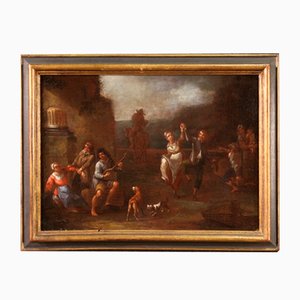
Italian Landscape, 20th-Century, Oil on Board, Framed
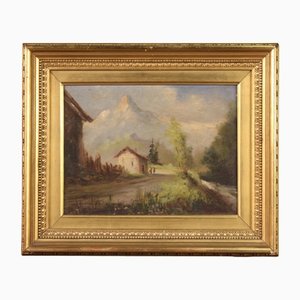
More Products
Get in Touch
Make An Offer
We noticed you are new to Pamono!
Please accept the Terms & Conditions and Privacy Policy
Get in Touch
Make An Offer
Almost There!
To follow your conversation on the platform, please complete the registration. To proceed with your offer on the platform, please complete the registration.Successful
Thanks for your inquiry, someone from our team will be in touch shortly
If you are a Design Professional, please apply here to get the benefits of the Pamono Trade Program